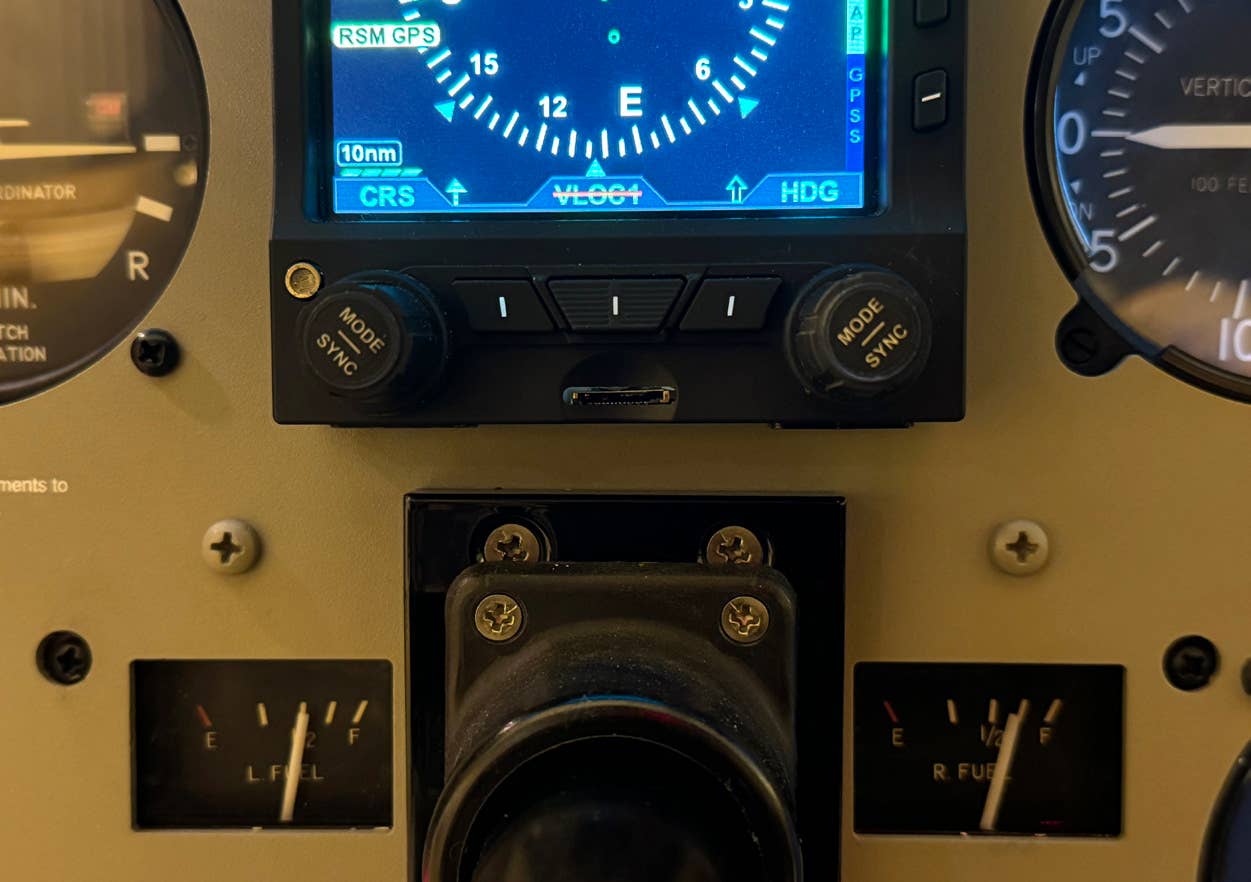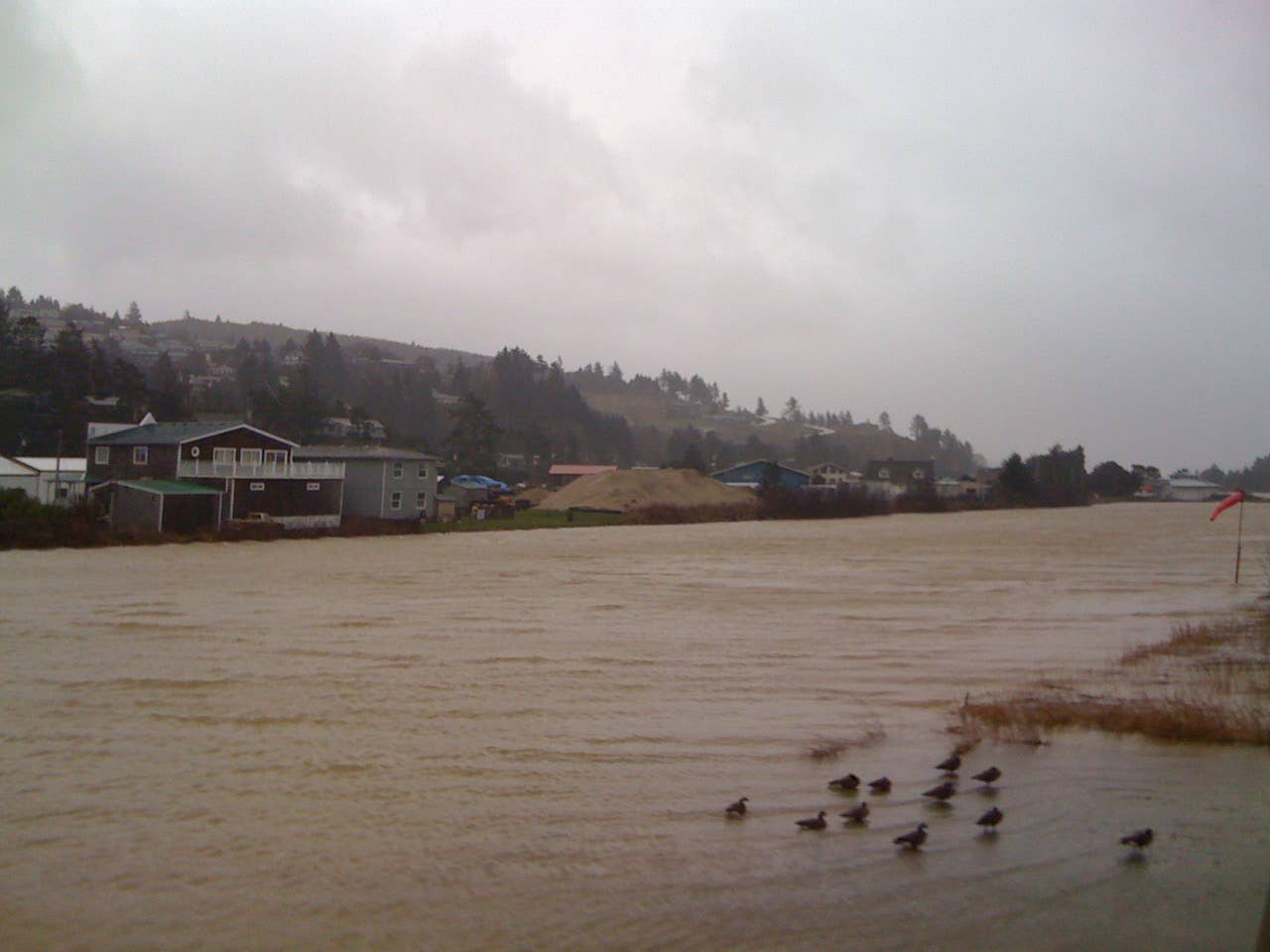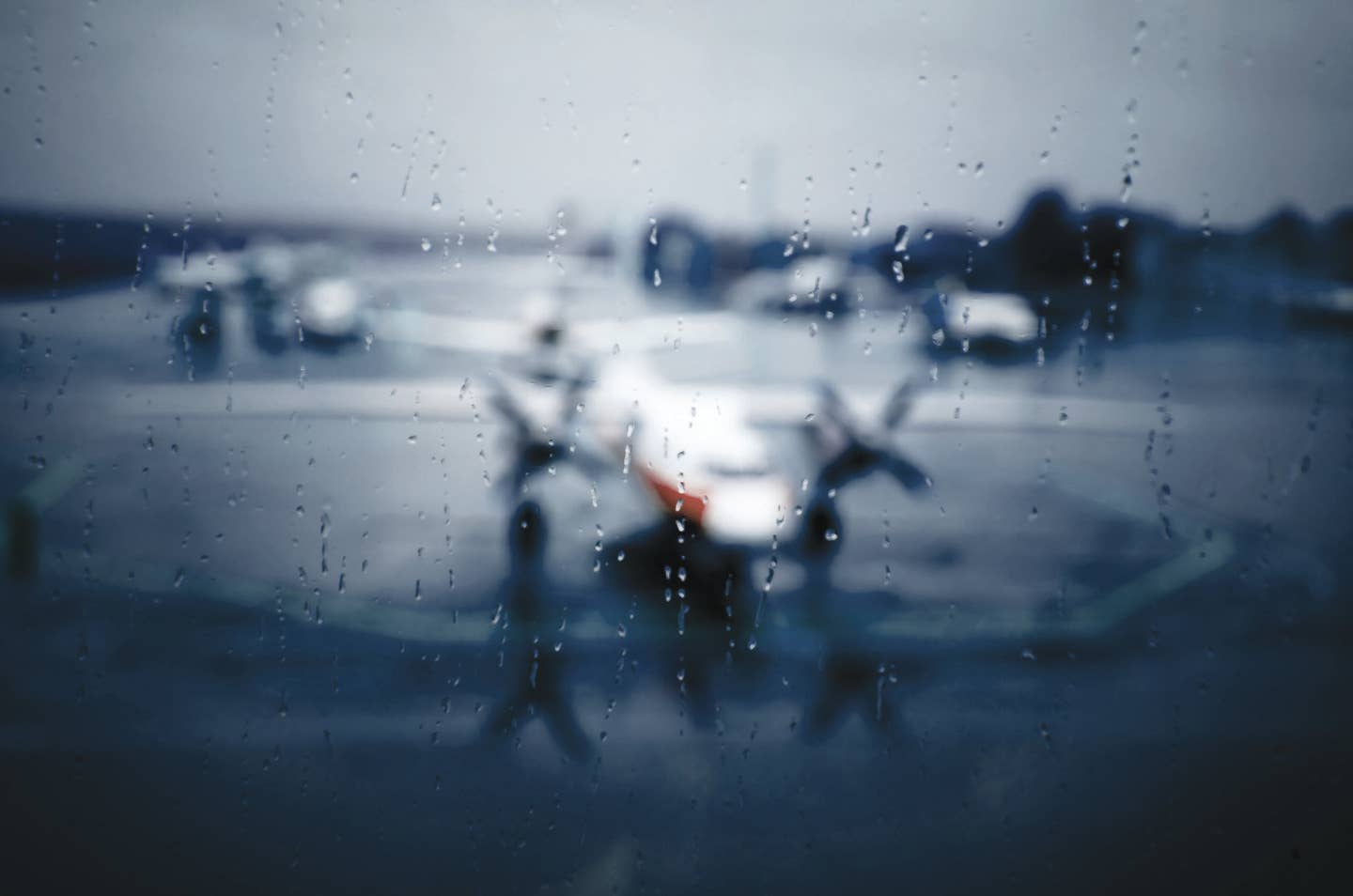
One of my early childhood memories from growing up in Southern California is of my dad showing me a litho print of the A4-D Skyhawk in flight that he'd brought home from work at the Douglas Aircraft Company. As I looked at the image, I thought to myself, "How did they get that picture?" never bothering to ask my dad and certainly never considering that decades later I would be immersed in the process.
Have you ever wondered how the aerial photos are taken for the articles and ads you see in Flying? Well, after over 1,000 magazine cover credits, and countless advertising campaigns for OEMs, I can tell you that although my name may appear on the credit line, there are a lot of behind-the-scenes people who helped the images come into being.
The photos you see in Flying aren't just lucky shots, or three good images out of 500 taken. They are well planned, and well executed, with an emphasis on safety. If I'm shooting an article for Flying, featuring a new product, Editor in Chief J. Mac McClellan calls me about the assignment and tells me what he and Art Director Andrew Becker hope I'll capture for the article. I then contact the public relations representative at the manufacturer and set up a date to fly the air-to-air, and shoot interiors and ground exterior shots. The total shoot lasts about four hours.
After shooting the ground shots, we begin the preflight briefing with me stating the artistic goals followed by the pilots discussing how we can achieve them safely. Safety is always the most important issue. It's critical that the pilots have formation flying experience to fly a photo shoot. If a pilot is not formation qualified, a photo mission is no place to practice. I may have an idea for a shot, but if the pilots can't fly formation safely, I'll never be able to get the shot. The pilots are of course the heroes of any photo shoot.
After a briefing that usually lasts about 30 minutes, we're ready to go fly. I prefer first and last light as the direction and character of the light is best during those times and I can produce a wide variety of exciting images in a relatively short time. Magazine aerial sessions last about one hour.
But when you're shooting a major OEM's advertising campaign, the stakes are raised. The budgets and time allowed for an advertising shoot are substantially greater than for a magazine shoot, because the images will be used for years, in various mediums, rather than just once in a monthly periodical, and the potential income from selling airplanes is much greater than selling magazines. It would be similar to a feature film versus a television show.
Last year Bombardier, parent company of Learjet, amassed a gaggle of advertising personnel, pilots and photographers for an air-to-air adventure that would last seven days. The goal was to capture still and video images of all three current production model Learjets. Denzil D'Sa, Montreal-based marketing and communications manager for Bombardier business aircraft, contacted me to help begin the coordination of where, when and how we could achieve their needs and still remain close to budget.
It takes a large group to make a successful photo shoot. Famed aviator Clay Lacy was commissioned to fly his periscope-equipped Learjet and shoot the video. My job was to help coordinate the overall logistics and produce the stills. After a location is chosen, based on the backgrounds desired in the images, the planning begins. Weather is always a consideration and alternate locations must be available if weather dictates.
I'm often asked what kind of equipment I use to get my shots. My response is "a B-25 and a Canon." Of course, I use other platforms, which are determined by speed compatibility with the target plane, platform availability and budget, but the B-25 is my first choice and over the past 35 years I've shot from 17 different B-25s of the approximately 30 flying worldwide. The Canons I currently use are the 21.1 megapixel Canon EOS-1Ds Mark IIIs and the new Canon EOS-5D Mark II. Using two or three bodies, my primary lenses are the IS24-105 mm and IS70-200 mm zoom lenses. I'll bring other lenses along for specialized shots, and my assistant brings two back-up bodies and additional lenses.
The ideal is to shoot from a platform that has a removable door, window, or in the case of the B-25, a removable gunner's tail cone-and yes, I am harnessed in. The B-25 has two additional shooting positions-from the removable emergency hatch located behind the wing and from the nose gunner's position, where you must shoot through glass. Shooting through glass limits the quality and angle options. When you shoot through windows you must keep the camera nearly perpendicular to the glass to minimize distortion and reflections, and wear dark clothes and dark gloves. The B-25 is the ultimate photo platform because it flies at about 170 kts, which is fast enough for any corporate jet to keep up with and still maintain a clean wing, without forward slats deployed or flaps needed to slow-fly with the B-25. The B-25, or platform plane, is usually in the lead. The job of the pilot of the lead plane is to work the radios, fly smoothly, and not run into anything out there that might ruin your day-towers, another airplane, cumulo-granite etc. The job of the target plane, or the plane that has formed-up on the lead plane, is to not run into the lead.
Formation flying is very tedious, exacting work for the target plane pilot. When you see an aerial photo, and the pilot is staring into the camera, it's not that he's vain (pilots would never be vain), it's that he's fixated on the lead plane, constantly adjusting his throttle and controls while maintaining a safe distance. We fly orbits, or 360-degree turns, to get a variety of backgrounds and lighting in a short time. A standard rate turn translates into one orbit every two minutes, no matter what the speed. Often we will increase the bank angle to give visual variety. We make right hand and left hand turns, putting the target on the outside and inside of the turn to alter the subject and background reference. It's tough flying for the target pilot as he is often forced to look directly into the sun. I let them back away and give them a break periodically so they can stretch their hands and neck. You can imagine that when we add more planes to the mission it increases the flying and shooting difficulties.
For the photographer, the B-25 can be an unfriendly environment. It's cold and windy, it vibrates a lot, it's uncomfortable in its unfinished interior, and for the shooter, looking through the lens while maneuvering is very disorienting. In fact, I got airsick on my first air-to-air session. It's also rough on the camera equipment as it's bumped against the airplane's hard surfaces and subjected to vibrations and cold temperatures.
I'm connected with my pilot through an intercom so that I may direct the aerial ballet. I tell my pilot what heading to take, what altitude I need and what maneuvers I want in order to achieve the desired results. Then I direct the target to move up, down, to the right, left, forward, backwards by increments of feet. Through the intercom I tell my pilot, "have him go down 20 and right 40," meaning feet. My pilot or copilot relays the directions verbatim so that I can get an idea of what the target pilot thinks 20 and 40 feet mean. Then I can adjust those measurements in later requests based on the set standard. I do not talk directly with the target because I'm usually facing backwards and can't see what's coming up and don't want to put the target in a compromising position, so my directions are always "filtered" through the front office. The pilots always have the last say.
We put in long days, starting early in the morning and often lasting long past sunset. Crew rest is critical and must be observed. The pilots control that aspect of safety. There's a great camaraderie that's experienced with a team effort that produces images to stir the hearts of those of us who are lucky enough to spend time in flight or who love the world of aviation. Most of the pilots involved in the shoots say their air-to-air photo sessions have been the highlights of their careers.
My goal in shooting is to evoke an emotional response from the viewers of my images. I hope people look at my art- work and rather than say, "Look at that Learjet," I hope they'll say, "WOW. I wish I was in that Learjet right now!" There's something so special about being on top of the cloud deck at sunrise, seeing this beautiful airplane flying next to you-the stunning light glistening off the surface of the "Flying Sculpture." It's times like this that I wish everyone I cared for was on that flight with me.
You may have guessed that I have the best job in aviation! I get to fly in World War II airplanes and in corporate jets. I've met WWII heroes, outstanding corporate pilots, magazine editors and writers, and aviation notables and count many of them as close friends. I've flown all around the world shooting these "Flying Sculptures" and I even get paid to do it! But the best part of my job is the friends I've made. I can travel around the world and reminisce about early morning and late night shoots, positioning our hands to simulate the formation flight, as we remember the event-captured for all to see.
You can have your own air-to-air photo adventure with Paul Bowen shooting your airplane from a B-25. It's expensive to operate a B-25, but Paul will get amazing shots of your airplane and you will be part of a once in a lifetime flying experience. For information see airtoair.net or call Paul at 316/263-5537.

Sign-up for newsletters & special offers!
Get the latest FLYING stories & special offers delivered directly to your inbox






